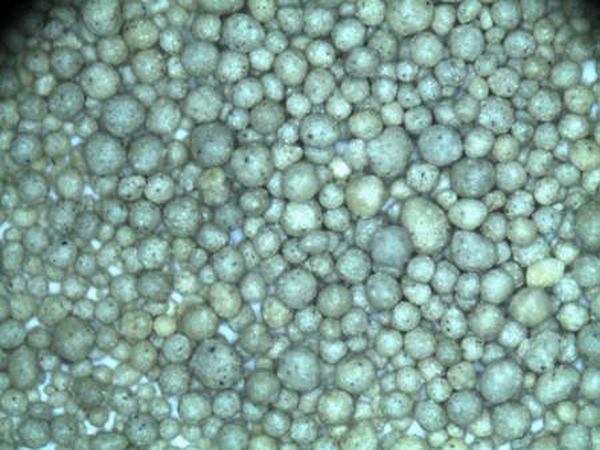The Difference Between Sand Casting and Investment Casting
Casting is a vital manufacturing process used to create a variety of metal components in various industries. Among the multiple casting methods available, sand casting and investment casting are two of the most widely used techniques. While both methods serve the same ultimate purpose of transforming molten metal into solidified forms, they differ significantly in their processes, applications, advantages, and disadvantages. This article explores these differences in detail.
1. Process Overview
Sand Casting is one of the oldest and simplest casting techniques. It involves creating a pattern of the desired metal component, which is then embedded in a sand mixture to form a mold. The sand mixture typically contains silica sand, clay, and water. Once the mold is prepared, molten metal is poured into it, allowed to cool, and then the sand mold is broken away to reveal the casting.
Investment Casting, also referred to as lost-wax casting, is a more intricate method. In this process, a wax pattern of the component is created and coated with a ceramic material to form a shell. Once the shell hardens, the wax is melted and drained away, leaving a cavity that is filled with molten metal. This method allows for the production of detailed and complex shapes with high precision.
2. Material and Complexity
In terms of material, sand casting is highly versatile and can work with various metals, including iron, aluminum, and bronze. However, the surface finish and dimensional accuracy are generally less optimal than those produced by investment casting. Sand casting is particularly well-suited for larger components and is frequently used in heavy manufacturing.
On the other hand, investment casting excels in producing intricate designs with a high level of detail and superior surface finish. It is often used for small to medium-sized parts, such as engine components, surgical instruments, and jewelry. The ability to produce complex geometries makes investment casting advantageous in industries that require precision.
3. Tolerance and Surface Finish
When comparing the tolerances and surface finishes achieved with each method, investment casting outshines sand casting. Investment casting can achieve tight tolerances (typically +/- 0.1% to 0.5%) and smooth surfaces due to the thinness of the ceramic shell and the nature of the wax pattern. This leads to reduced need for machining, which can save costs and time in production.
difference between sand casting and investment casting

In contrast, sand casting tends to have looser tolerances (normal range +/- 0.5% to 1%) and a rougher surface, which often requires subsequent machining processes to achieve the desired finish. As a result, while sand casting is cost-effective for large-scale production, the quality of the final product may necessitate additional finishing work.
4. Cost and Production Volume
The cost factors differ notably between the two processes. Sand casting is generally more economical for producing large volumes of castings due to its relatively low tooling costs and faster production times for simple designs. It is particularly favorable for larger parts or lower-volume production runs.
Investment casting, however, involves higher initial costs due to the complexity of its tooling and the investment in molds. It is better suited for low to medium production volumes, especially when high precision and intricate designs are required. The cost per unit decreases with the increase in volume, making it suitable for industries where details matter more than initial costs.
5. Applications
Finally, the applications of these casting methods lend more context to their differences. Sand casting finds its niche in industries like automotive, aerospace, and heavy machinery, where large components are commonplace.
In contrast, investment casting is prominently used in the aerospace, medical, and military sectors, focusing on parts that necessitate high precision and complex geometries.
Conclusion
In summary, both sand casting and investment casting have unique strengths and weaknesses that make them suitable for different applications. Sand casting is ideal for larger, simpler components where cost-effectiveness is key, while investment casting excels in producing highly detailed, precise parts. Understanding these differences is crucial for manufacturers seeking to optimize their production processes and achieve the desired outcomes in their products. By choosing the right casting method, industries can leverage the advantages of each to meet their specific needs in today’s competitive market.
Post time:Th10 . 16, 2024 11:43
Next:Innovative Techniques for Lost Foam Casting Coating Applications and Their Benefits
